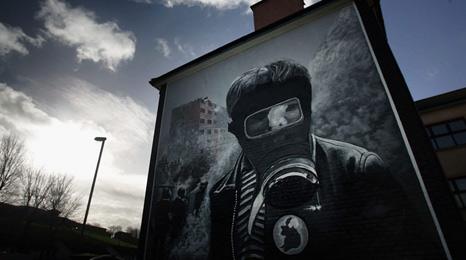Northern Ireland's violent history explained
- Published
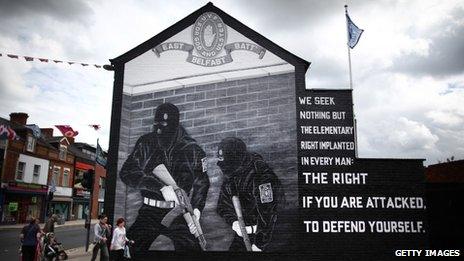
There has been a second night of rioting in north Belfast with 15 police officers injured and three hospitalised.
Petrol bombs, bricks, fireworks and stones were thrown at police, who used water cannon and fired six baton rounds.
On Sunday night (3 September) 47 police officers were injured in the same area after a republican parade.
There are claims that loyalists showed their anger after the parade was allowed to go ahead without any restrictions by the Parades Commission.
But how did 'The Troubles', which caused thousands of deaths, first begin?
Ninety years ago Ireland was split in two after people living there went to war against their British rulers.
The south became a separate state, now called the Republic of Ireland.
But the break-up led to decades of unrest and violence in Northern Ireland, which remained part of the UK.
There are two main sides:
Nationalists or republicans, who are mainly Catholic, believe the north should join a united, independent Ireland.
Unionists or loyalists, who are often Protestant, think Northern Ireland should stay as part of the United Kingdom.
The period known as 'The Troubles' began in the late 1960s and lasted for nearly 30 years.
British troops were deployed to Northern Ireland, at first to protect Catholics, but soon became involved in bursts of fierce fighting with paramilitary groups.
Thousands of people on both sides were killed by bombs and bullets, while republican groups also launched attacks on the UK mainland.
What's the situation in Northern Ireland now?
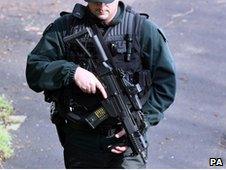
Police in Northern Ireland still regularly carry guns
The Good Friday Agreement was signed in 1998 and was seen as a major step towards peace in Northern Ireland.
It led to the Northern Ireland Assembly being set up. It makes many political decisions affecting people in Northern Ireland and has members from all sides of the community.
But there are fears that violence is returning, especially in areas where Protestants and Catholics live closely together.
Ronan Kerr, a 25-year-old police officer, was killed by a car bomb in Omagh in April 2011.
That was followed in June 2011 by several nights of rioting in East Belfast.
Three people were shot in the city's worst street violence in a decade.
Who are the main groups?
DUP - Democratic Unionist Party - The largest party in Northern Ireland. DUP leader Peter Robinson is also Northern Ireland's first minister.
Sinn Fein - The largest nationalist party in Northern Ireland. It is seen as the political arm of the IRA and is the second biggest party on the NI Assembly. Martin McGuinness is Northern Ireland's deputy First Minister.
UUP - Ulster Unionist Party - The second-biggest unionist party, but has lost some of its support over the last few years
IRA - Irish Republican Army - A paramilitary group which was set up to fight for a united Ireland, but is now committed to peace. A splinter group called the Provisional IRA was responsible for much of the republican violence during the Troubles. Other terrorist groups have grown out of the IRA, including the Real IRA and Continuity IRA (which are both also known as Óglaigh na hÉireann).
UVF - Ulster Volunteer Force - A loyalist paramilitary group which was set up to fight the IRA. Police blamed the UVF for starting the recent trouble in Belfast.
PSNI - Police Service of Northern Ireland - Northern Ireland's own police force was set up to replace the RUC (Royal Ulster Constabulary), which was seen by some nationalists as too closely linked to British authorities. Some violent republicans consider PSNI officers as fair targets.
- Published4 September 2012
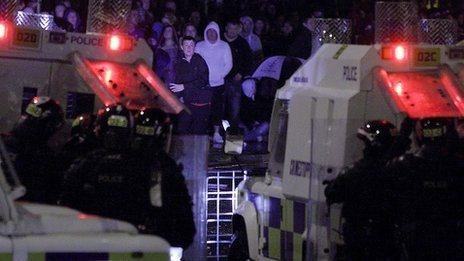
- Published28 June 2011

- Published20 January 2011
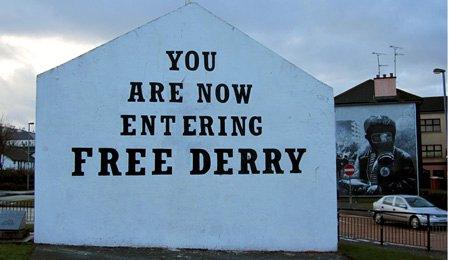
- Published28 January 2010
